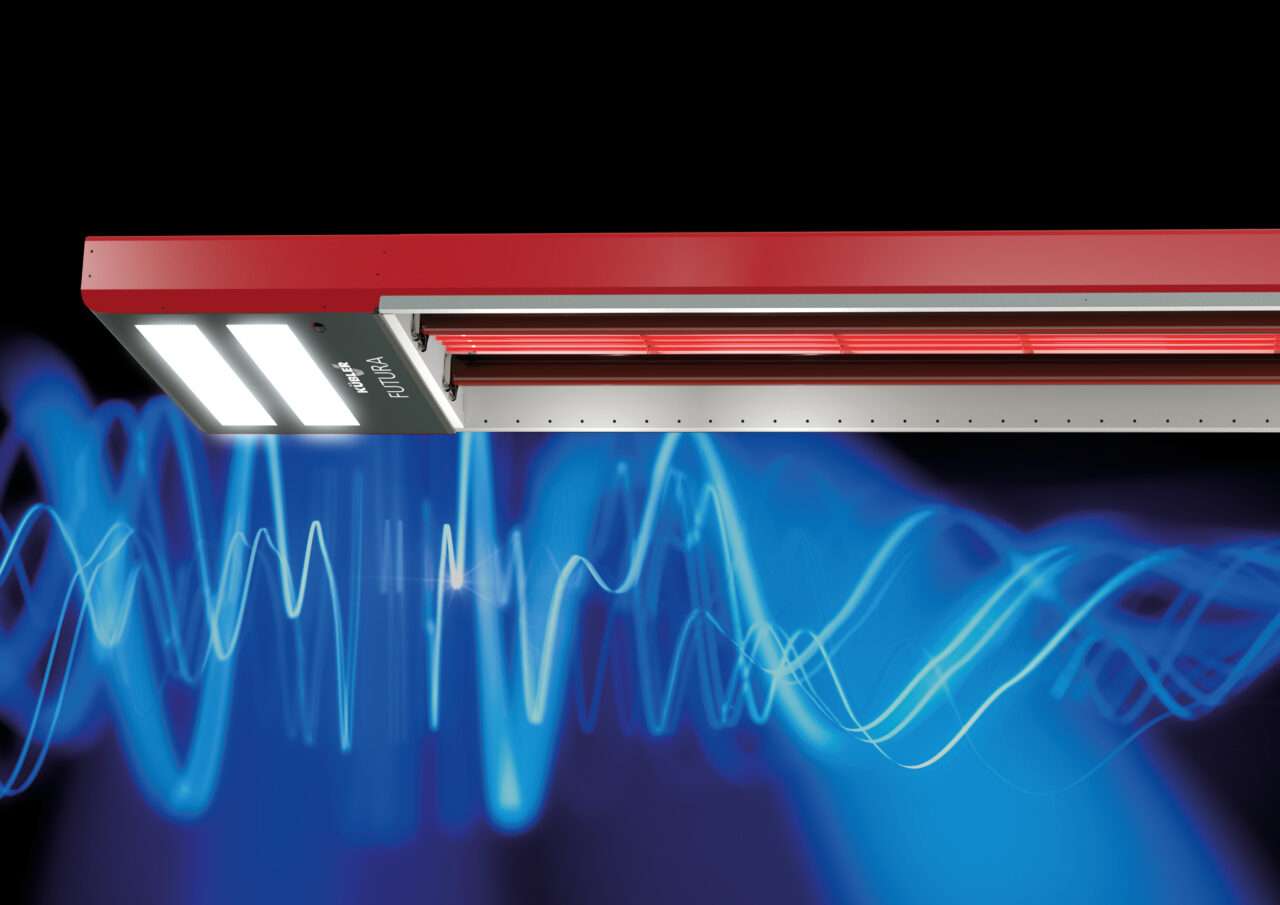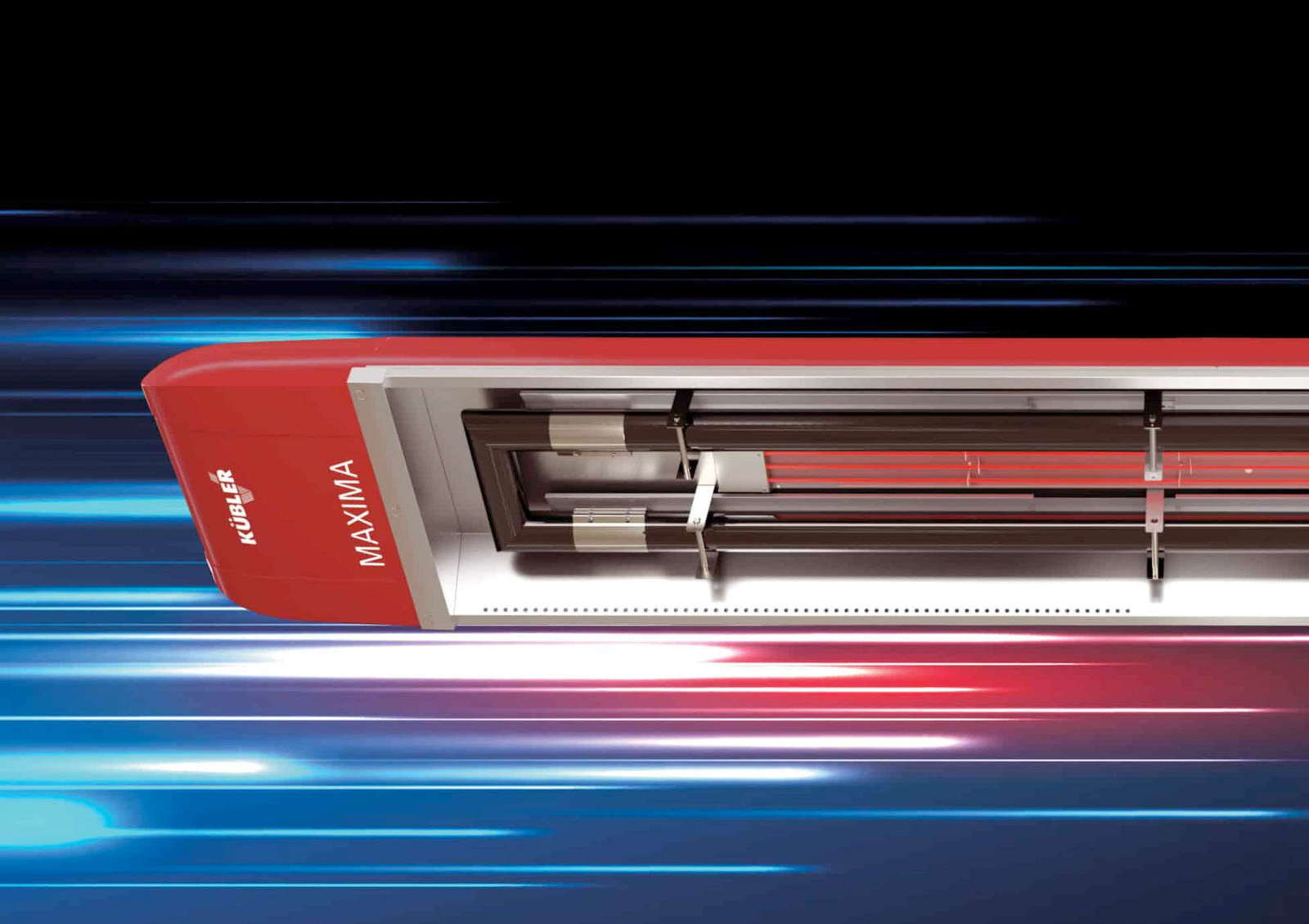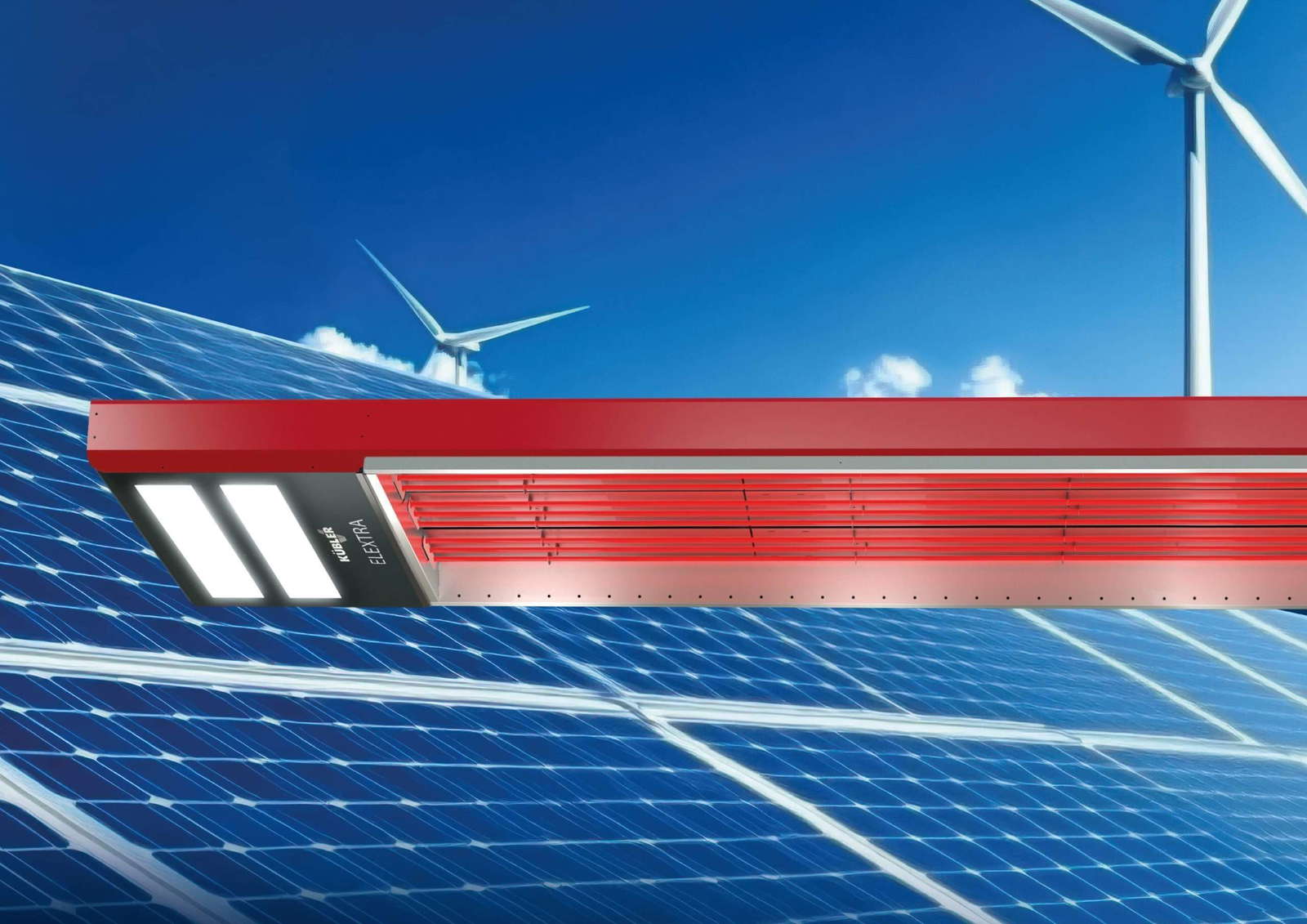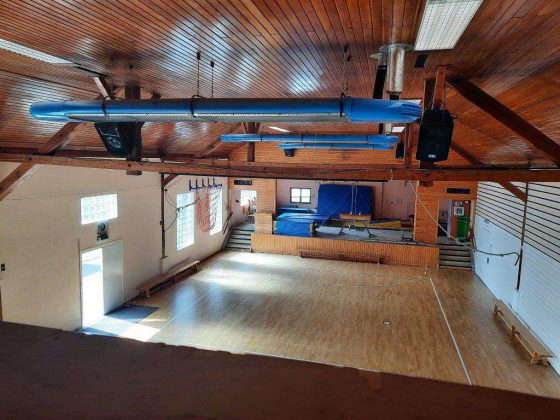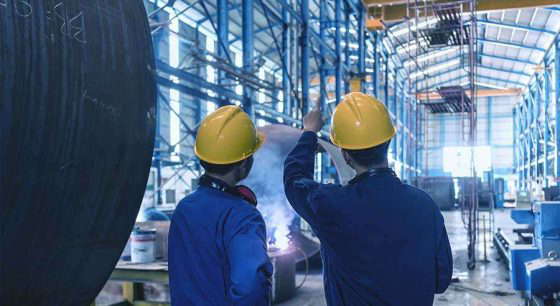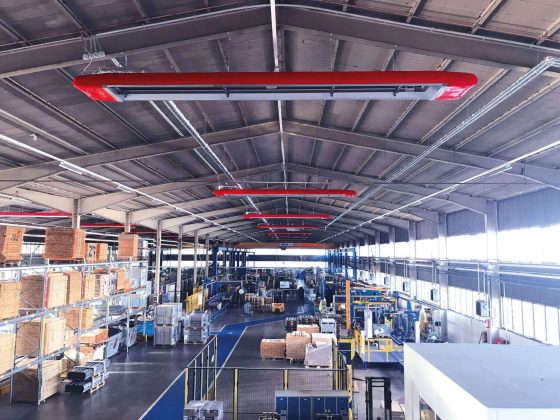Heating with heavily polluted hall air
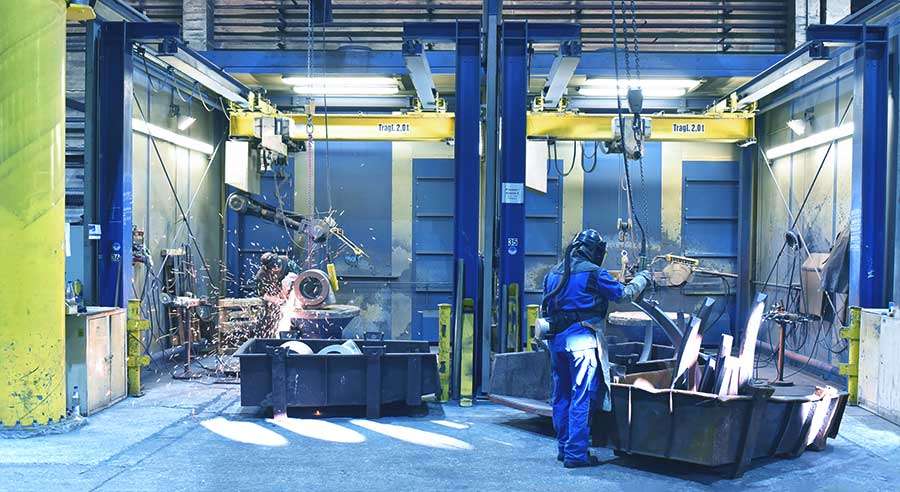
Infrared-based hall heating systems offer a proven solution here. This is because their radiant heat ensures a good indoor climate - without draughts or dust turbulence. This is an important health-related benefit, especially for dust-intensive work, such as metalworking or metalworking shops, because the hall atmosphere is not additionally polluted.
A leading concrete plant in Austria also appreciates another advantage: "A hall heating system that runs trouble-free in our dust-intensive production - that's what convinced us the most!" The durability of the infrared devices pays off, especially in a highly polluted atmosphere. Despite the heavy contamination, the hall heaters have been running trouble-free for many years thanks to their robust design.
Incidentally, infrared indoor heating systems are also interesting for companies from an economic and ecological point of view. This is because they often consume only a fraction of the energy of other heating systems. And that pays off. Thanks to their high energy efficiency, infrared hall heating systems can reduce costs by up to 70 % compared to conventional systems. Infrared hall heaters therefore pay for themselves in a short time.
If you would like to find out more about the dust-free and draught-free heating of hall buildings, simply contact us or read the full report here.
By the way: the next Hot tip around the topic Hall building & energy efficiency will be revealed in a week's time.
-
Turnverein 1860 Mußbach e.V. is a traditional sports club with a long history. Since it was founded in 1860, it has got a large number of people of all ages and backgrounds moving and now has over 1,200 members. The club offers a wide range of sporting activities. Dieter Hackebeil, former chairman of the club and now (un)retired, was the main person responsible for the renewal of the heating system at the time and can "only praise KÜBLER to the skies." Satisfaction and conviction are the key words here.
-
Operators of indoor heating systems are also responsible for having their system serviced regularly. In addition to operational safety, there are other good reasons why maintenance should not be put on the back burner!
-
The search for suitable optimization potential in energy-related processes in industrial and commercial companies is not always easy for energy management. Especially as measures in efficiency technologies and renewable energies cost money and the budget is often lacking. Many - ecologically and economically important - measures then fall by the wayside. But does that have to be the case?
-
Hot air, panel heating or infrared? There are many different heating systems to choose from for heating halls. This article will give you an initial overview of the six most relevant systems.
